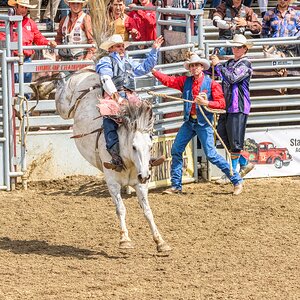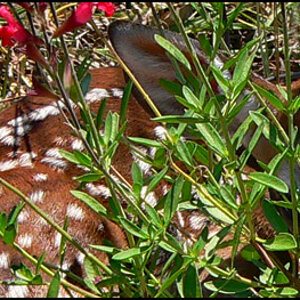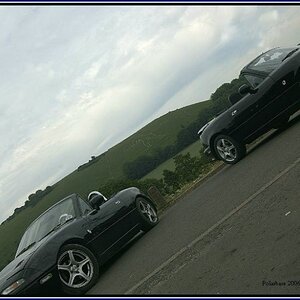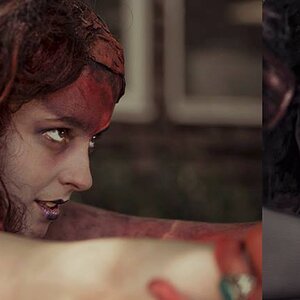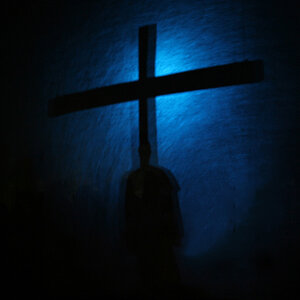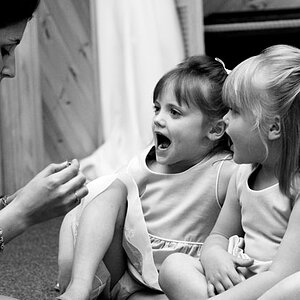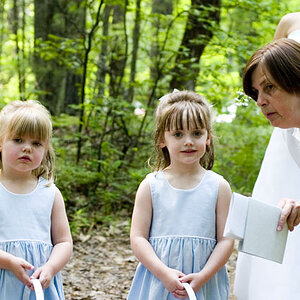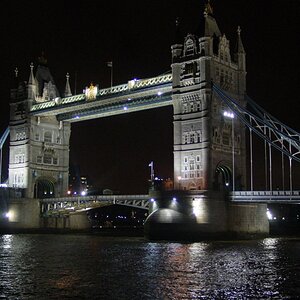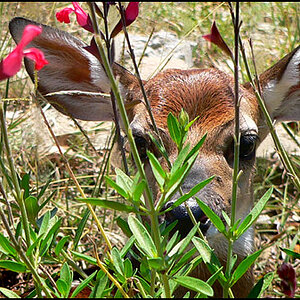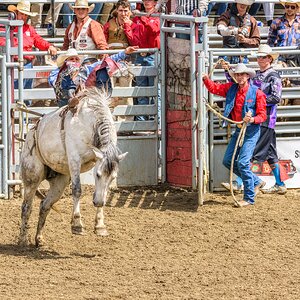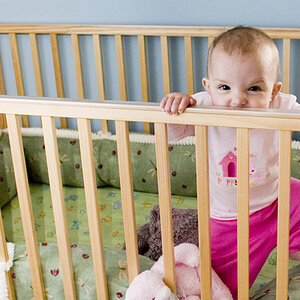skatephoto
TPF Noob!
- Joined
- Nov 14, 2003
- Messages
- 72
- Reaction score
- 0
I am shooting portrait photography for one of my college classes and i was gonna try for a couple of shots to make a little home made studio type thing. the picture that i kinda want to get is one of my friend with a complete black background with only the side of his face lit up. does anyone have any suggestions on how to do this; how to expose him so the not dark part of him is exposed correctly while the rest is black. i guess i will need a black sheet or something for the background? i dont know any one have some suggestions? thanks


